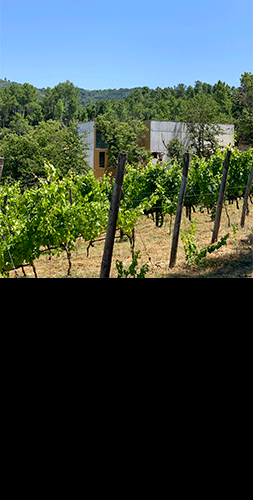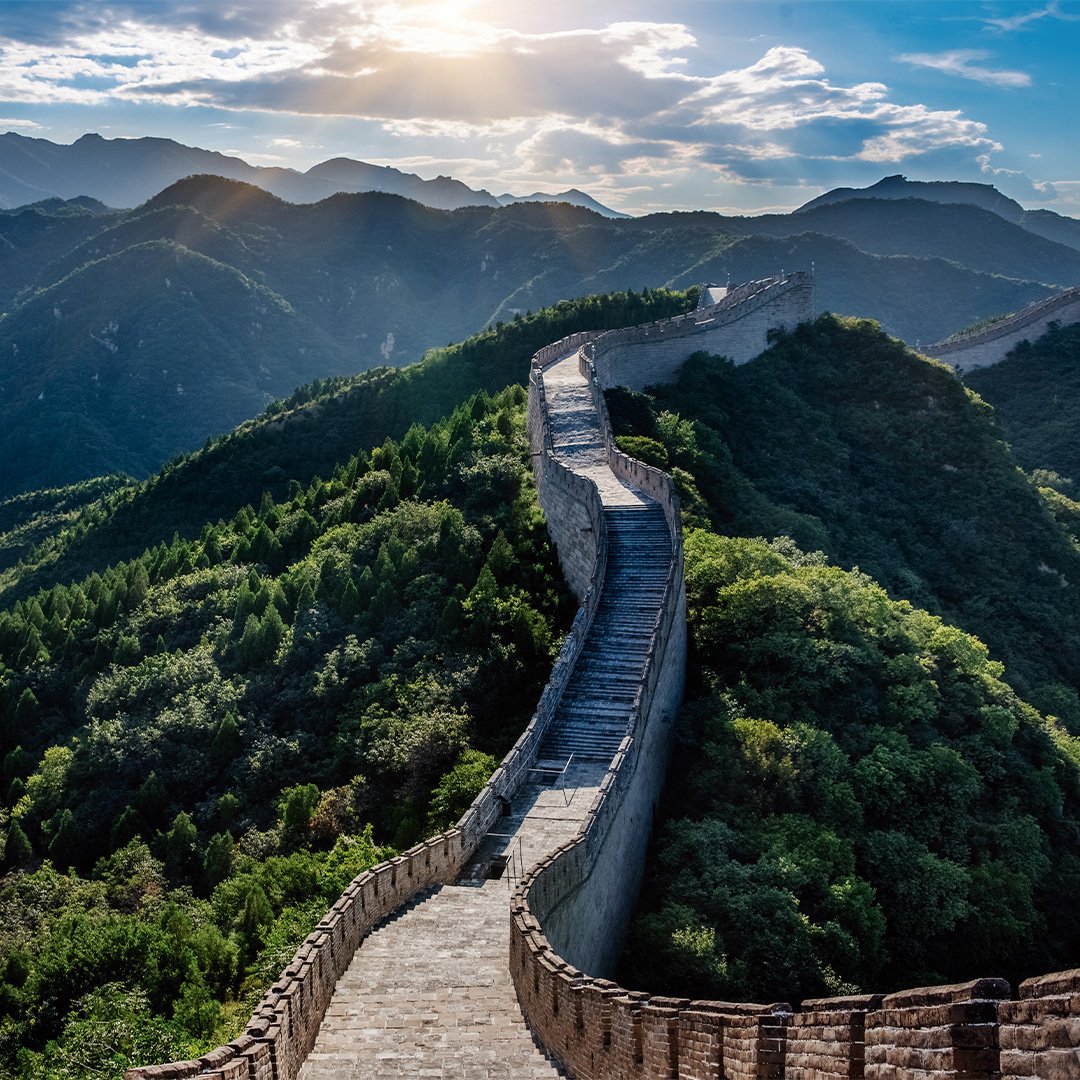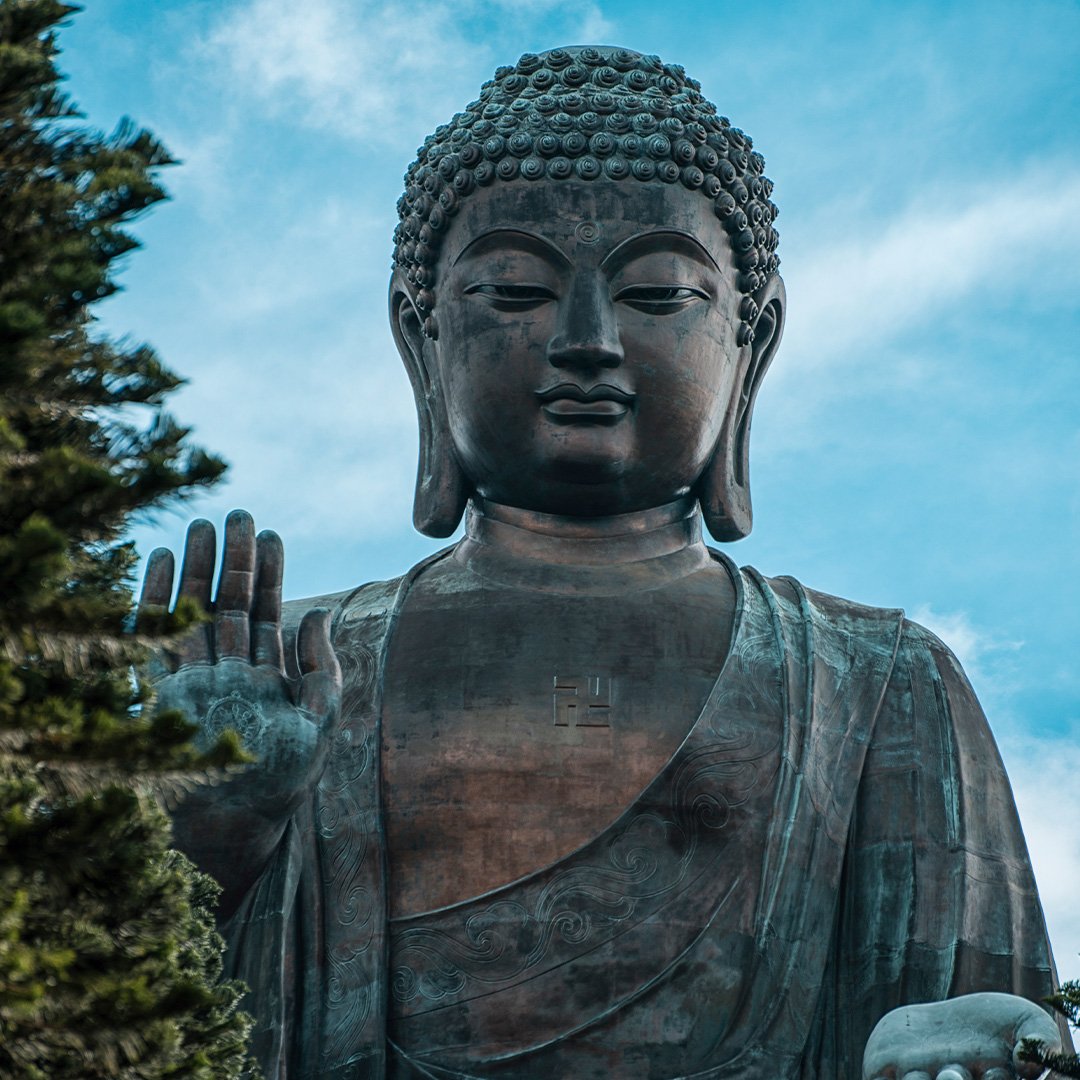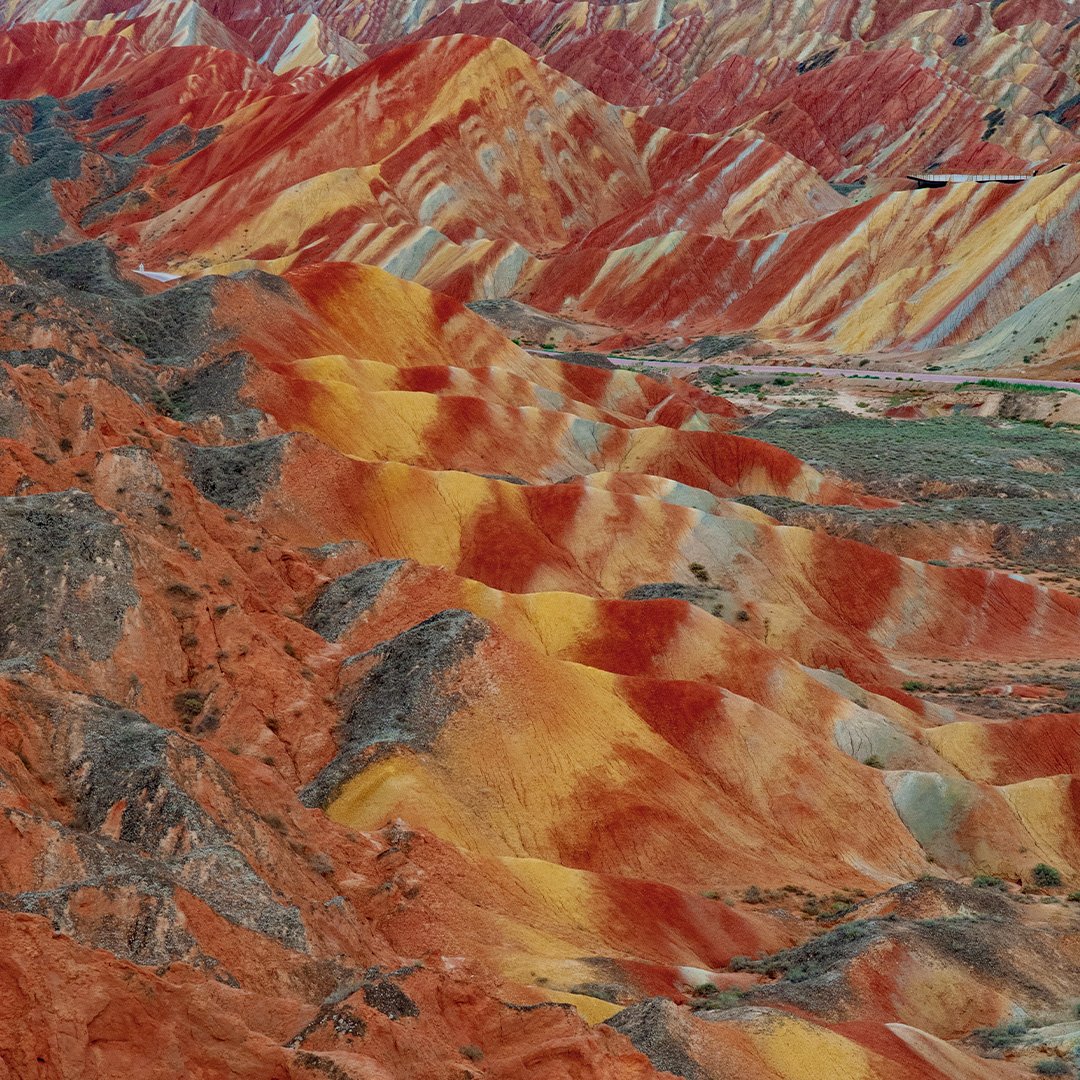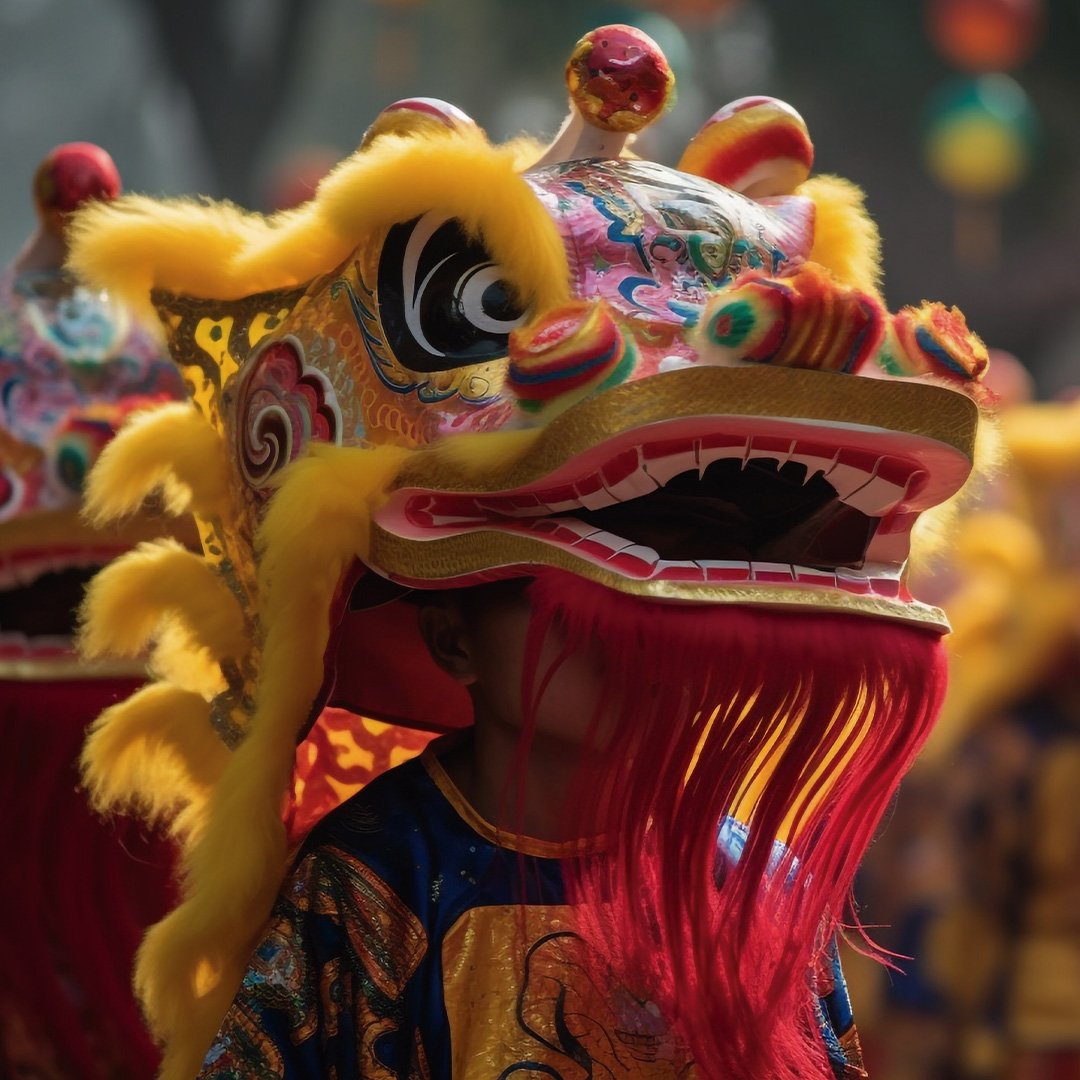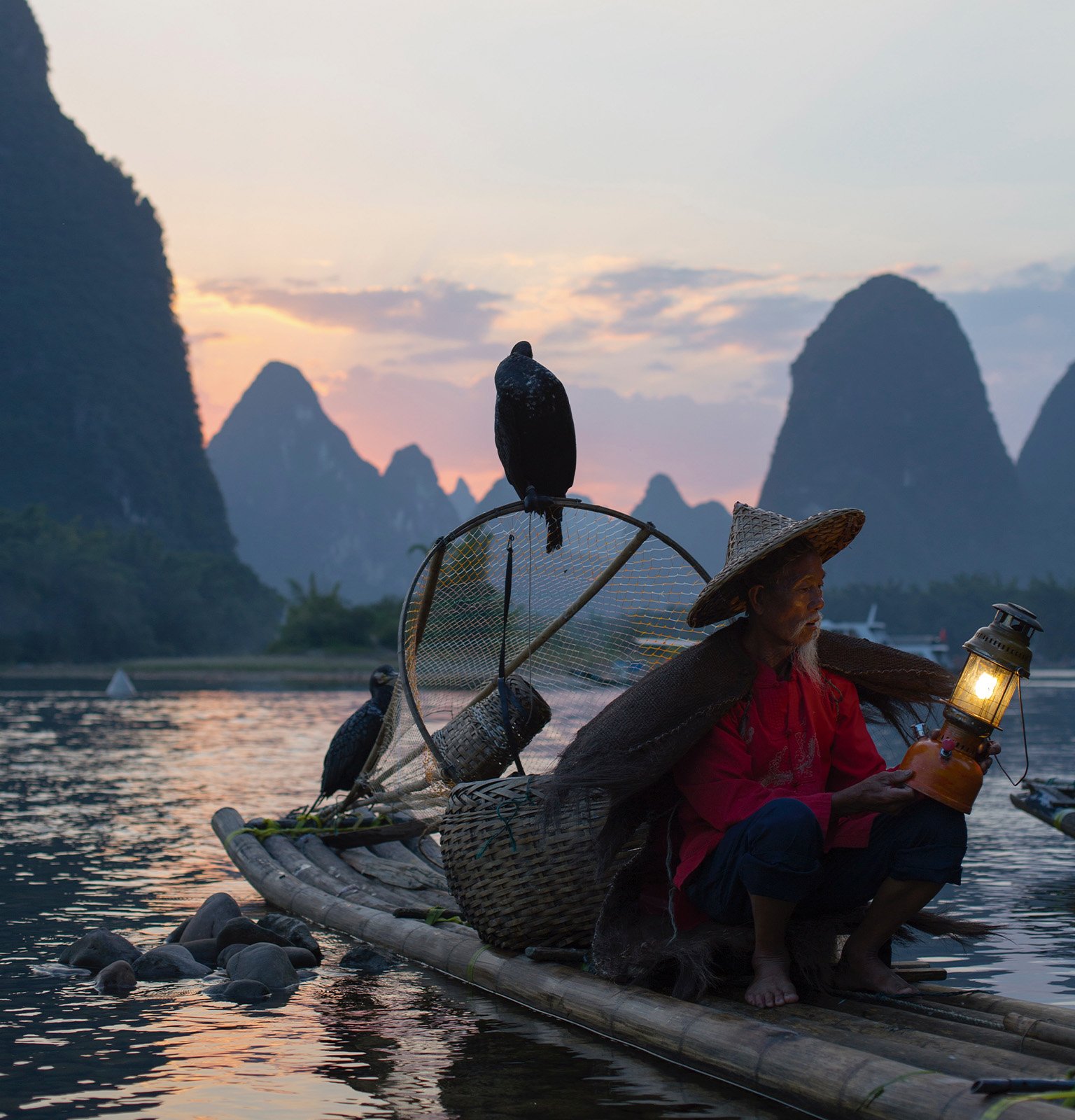
China’s predisposition doing things on the large side is undeniable. Take the 8,000 terracotta warriors of Xi’an, the 21,170 miles of the Great Wall or the Forbidden City’s 800 palaces. Anyone who knows something about it, even from afar, is aware of its contrasting landscapes. From north to south and east to west, one is struck by the extremes of one of the world’s oldest civilisations. From steep mountains to flower-filled plateaus, from sandy deserts to dense forests. With its 1.4 billion inhabitants, China is the world’s second most populous country. Around a third live in the cities and the rest live in the countryside.
We’re talking about a people with thousands of years of history, pioneers in various fields, including science, technology, astronomy and mathematics. Calligraphy was invented in China and bronze, silk, wood and paper were first used within its borders. Gunpowder, the magnetic compass and porcelain were other Chinese creations, which demonstrates the country’s head start over most of its neighbours. Kong Fuzi, known as Confucius, is the figure behind many of the culture’s beliefs and philosophies, for his teachings on everything from education to morality. China is a communist state. The currency of the Chinese people is the Yuan and their capital is Beijing. Standard Chinese and Mandarin are the two official languages and it can be said that over the last 20 years the country has changed more than any other country in the world.
We’re talking about a people with thousands of years of history, pioneers in various fields, including science, technology, astronomy and mathematics. Calligraphy was invented in China and bronze, silk, wood and paper were first used within its borders. Gunpowder, the magnetic compass and porcelain were other Chinese creations, which demonstrates the country’s head start over most of its neighbours. Kong Fuzi, known as Confucius, is the figure behind many of the culture’s beliefs and philosophies, for his teachings on everything from education to morality. China is a communist state. The currency of the Chinese people is the Yuan and their capital is Beijing. Standard Chinese and Mandarin are the two official languages and it can be said that over the last 20 years the country has changed more than any other country in the world.







